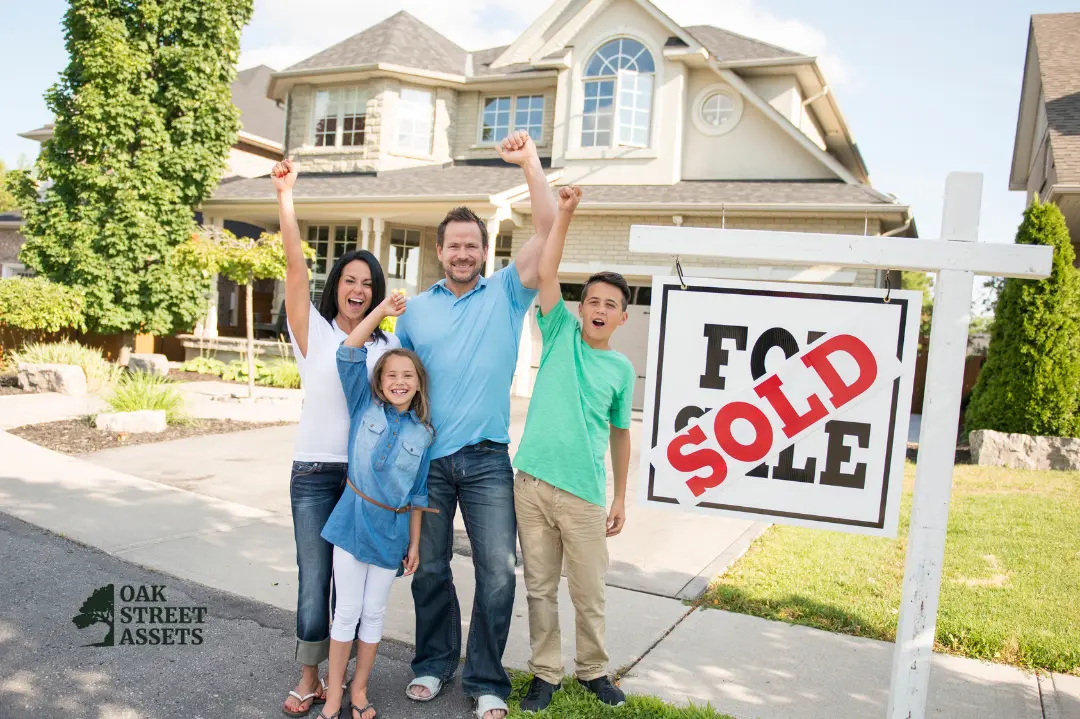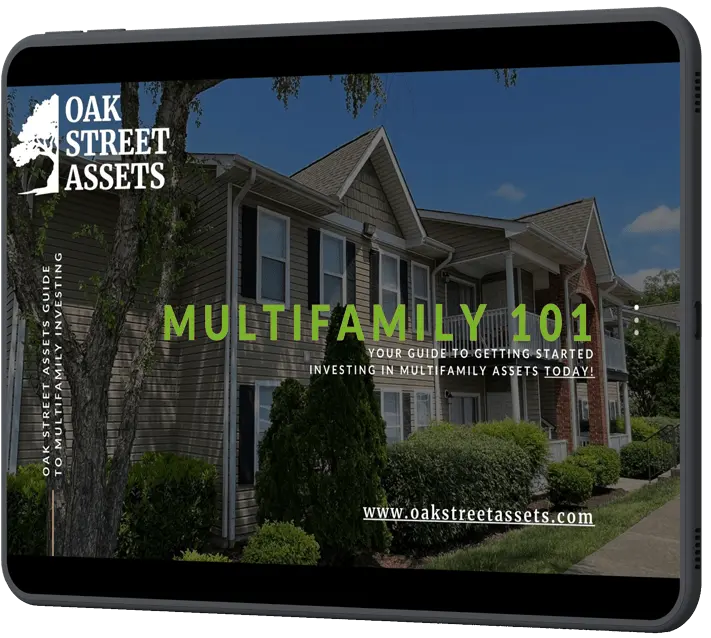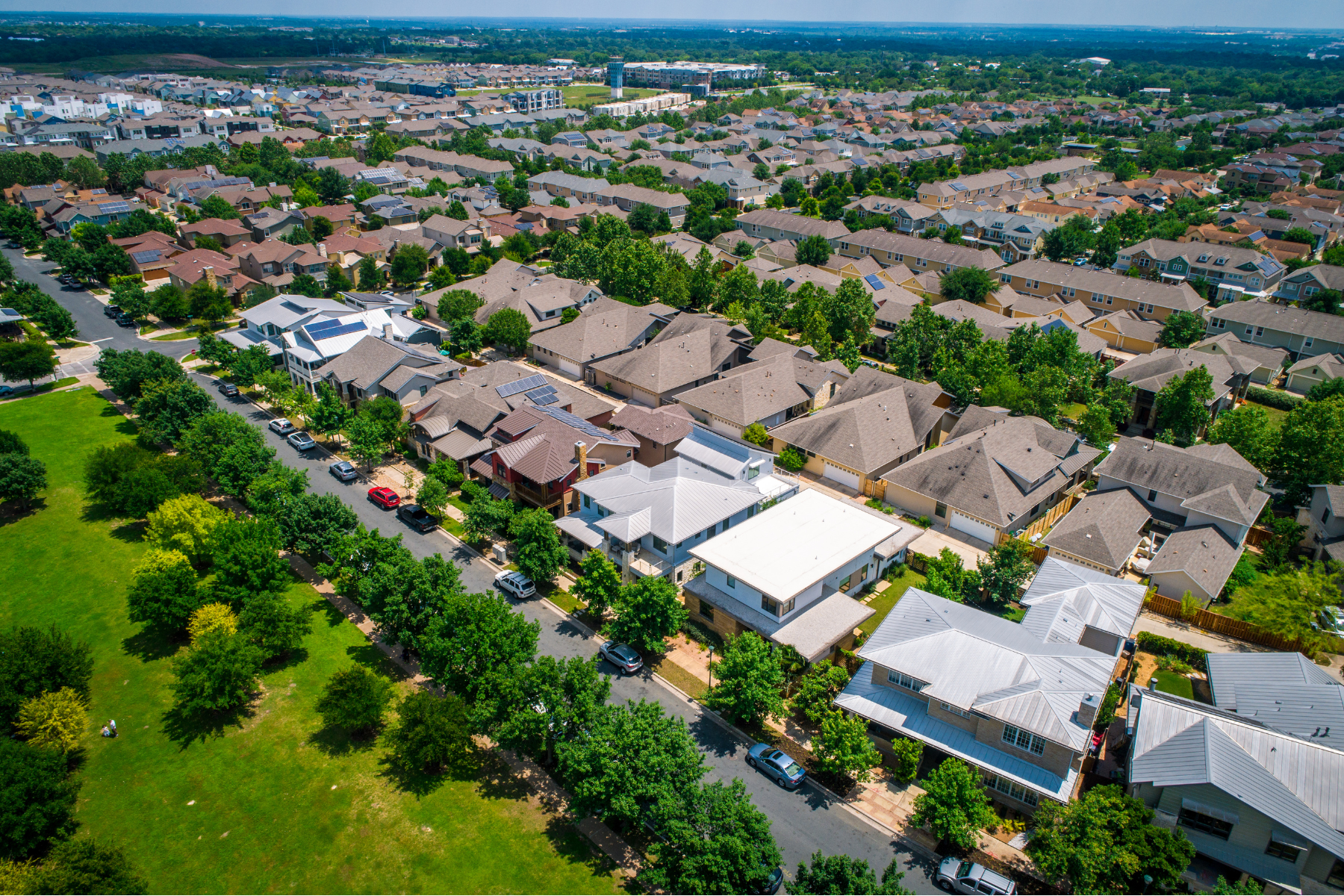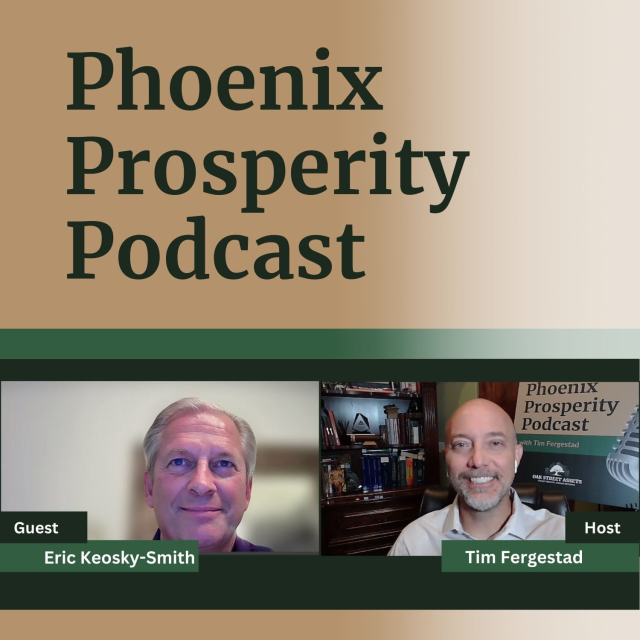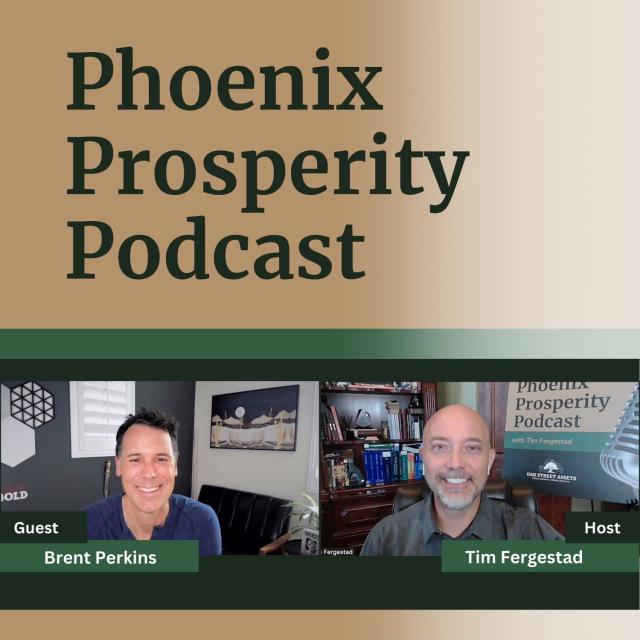“Bubbles go up very slowly as euphoria builds. Then fear hits, and it comes down very sharply. ”
– Alan Greenspan
In the world of single-family real estate, home prices hit a record high in May. Interest rates are up and prices are still going up!
People have said, ‘the market will correct when inventory goes up.’ Inventory is up 18.5% and prices keep going up (5.8% year-over-year as of May 2024).
The housing market is not struggling. Even with interest rates at 7%, approximately 1/3 of transactions are first time home buyers. In addition, 2/3 of home sales went under contract in 30 days. So, that brings us to the question …
Is Single-Family Real Estate Stuck in a Bubble?
Over the last four years, home values went up a significant amount (38%), but mortgage payments more than doubled (up 111%)! This is particularly problematic as the average income has only increased by approximately 20%.
A bubble is when property prices increase rapidly to levels significantly higher than their intrinsic value, in this case driven by greater demand than supply.
Alan Greenspan said ‘bubbles come down very sharply’, but the problem is the single-family real estate bubble is not bursting. The “Lock-In Effect” is keeping prices high. Although there are more homes entering the market, there are millions that are staying out due to the increased interest rates (they want to keep their ‘locked-in’ lower rates). Here’s what the Lock-In Effect looks like:
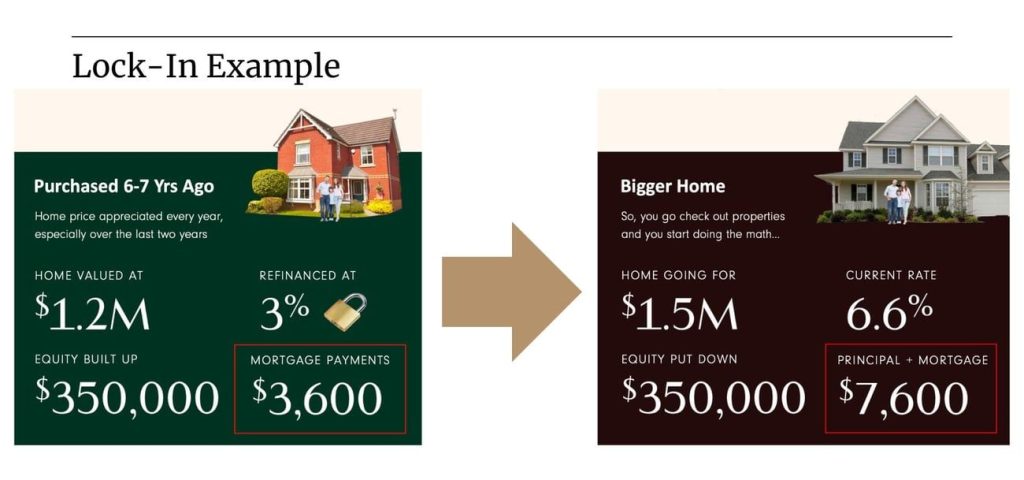
Home ownership is increasingly out of reach across the major markets. According to Redfin, homebuyers must earn $115,000 to afford the typical U.S. home, however, the median household income is $75,000 (that is a $40,000 shortfall).
What Does This Mean for Multifamily Real Estate?
Firstly, the affordability gap in owning versus renting is a big advantage for multifamily investments. With current financing, it currently costs a typical buyer hundreds of dollars more per month to own than rent, and this is not even taking the down payment into consideration. (*It costs approximately $1,000 per month more to own vs. rent in major real estate markets like Phoenix.)
Multifamily prices are down 25%. Like single-family real estate, the multifamily asset class did have a bubble but it has already burst. The good news is that the growth in multifamily (approximately 20% since COVID) is much less than the cost of owning a home (111%). NOTE: The multifamily rent growth is perfectly matched with wage growth (approximately 20%), which is where it should be. This is a sign of a healthy rental market.
Additionally, despite the introduction of over 500,000 apartment units this year, multifamily rents are still positive. This is another strong indicator for the continued and growing demand for rental housing in America.
Single-Family Real Estate vs. Multifamily Real Estate Investing
If you’re just beginning to invest in real estate, you might be wondering whether to invest in single-family real estate or multifamily units. Every investor has to make that decision themselves, but let me tell you why I love multifamily real estate investing.
Investing in multifamily real estate offers several advantages over single-family properties, particularly in terms of cash flow and scalability. Multifamily properties, such as apartment buildings or duplexes, typically generate multiple streams of rental income. This reduces the financial risk associated with vacancies and provides a steady source of passive income. If one unit is vacant, the other units can still provide income, which helps stabilize cash flow. Additionally, multifamily properties tend to appreciate at a faster rate because they are valued based on income generation rather than comparable sales, making them an attractive long-term investment for wealth-building.
In contrast, single-family real estate investments often come with higher risk due to their reliance on a single tenant. If the property becomes vacant, there is no rental income until a new tenant is found. While single-family homes may have lower upfront costs and can be easier to manage, they are typically more difficult to scale. Investors interested in growing their portfolios often find multifamily properties more efficient. That’s because they can acquire several units under one roof, simplifying management and maintenance while achieving higher returns on their investment.
Are you interested in multifamily real estate investments? Get your free Multifamily Investing Guide today and learn why so many real estate investors choose this avenue for building wealth and financial freedom.

